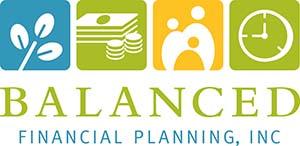
What History Can Tell Us About the Post-COVID-19 Investing Market
Intro
The COVID-19 pandemic has been a historic moment around the world. From the financial markets to our daily lives, many of the norms we took for granted back at the beginning of the year have been shaken up. Given the unprecedented nature of this disease’s impact on society, it may feel difficult to predict what a post-COVID-19 investing market will look like.
The financial effects of a major pandemic are not entirely without precedent. In fact, just over 100 years ago, the US and the world struggled to contain a pandemic of H1N1 influenza (sometimes known as the Spanish Flu). We can learn a few lessons from that pandemic.
It’s Not Over Until It Is Over
First and foremost, the 1918 flu pandemic should teach investors that the dangers of the disease are not gone until long after the coast has seemingly cleared. That’s because the 1918 flu pandemic saw three major spikes in cases over the course of its multi-year progression. Each of these spikes impacted the financial markets.
There Will Be a Recession
Most experts agree that the US, and the rest of the world will face an economic recession as this pandemic continues, just as it did in 1918 and beyond. This recession may last longer than the pandemic, depending on how much damage is done to the economy. Even though some legislation may help lessen the impact of this recession somewhat.
The Market May Not Reflect the Economy
It is important to remember that the stock market and the economy are not one and the same. There’s a good chance that the stock market shows signs of life before the average American family feels economically stable again (as was the case in the 1918 pandemic). This is important to keep in mind because the growth exhibited by certain stocks may be more volatile than they appear. Stock values rise for a variety of reasons. Ideally, one of those reasons would be consumer confidence in that company.
The Bottom Line
The impacts of the 1918 flu pandemic are not always comparable to our experiences in the COVID-19 pandemic today. But when it comes to planning for future investments, there are a few lessons we can gleam.
